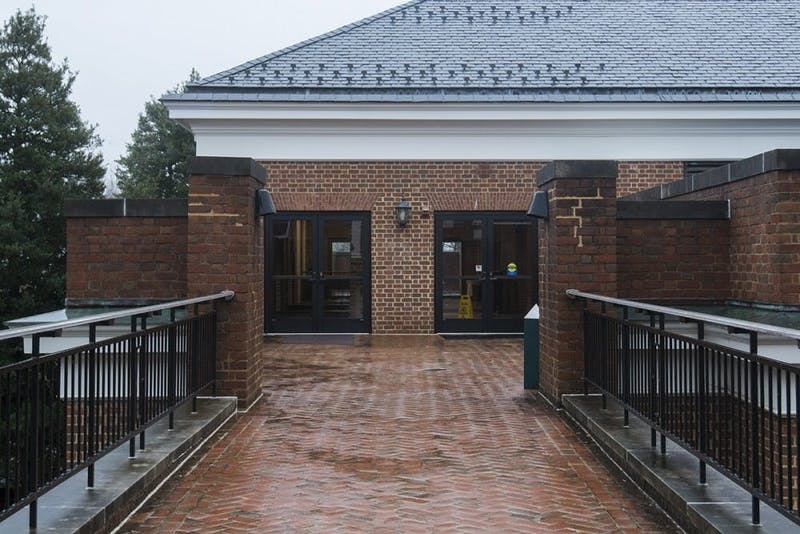Too often, the call for decolonization translates into a call for diversity and inclusion. Although the latter is important, LSE Wendy Willems argues that it is crucial to go further and ask how including different viewpoints disrupts dominant theoretical approaches and concepts, received histories, and canonical texts in the field of media and culture studies. communication.
Like Michel-Rolph Trouillot argued, “every historical narrative is a particular set of silences.” This also applies to how we tell the history of media institutions and technologies, as well as how we document the historical emergence of the field of media and communication studies. A key task for media historians should be to unearth the multiple silences of the field and reveal how these relate to the exercise of power because, in Trouillot’s words, “the ultimate mark of power may be its invisibility; the ultimate challenge, the exposure of its roots”.
In a 2014 Communication theory article titled “Provincializing the hegemonic histories of media and communication studies: towards a genealogy of epistemic resistance in AfricaI have criticized the way in which calls for the “internationalization” or “de-Westernization” of media and communication studies implicitly silence a much longer history of media and communication studies outside of the so-called West. I have argued that these calls suggest that non-Western scholars have not previously engaged in the production of critical knowledge about media and communication. My article reinscribes the epistemological and historical foundations of media and communication studies in Africa, which the hegemonic histories of the field had marginalized. He called for a recognition of the multiple genealogies of media and communication studies in different parts of the world.
Since the publication of my article, demands for internationalization and de-Westernization have increasingly been replaced by calls for “decolonization” following the 2015 #RhodesMustFall protests at the University of Cape Town and other universities. around the world, as well as following the events of 2015 and the #BlackLivesMatter protests of 2020. The protests highlighted the need for universities to transform in many ways, including teaching more diverse curricula, making the higher education more accessible to students from marginalized economic backgrounds, revising teaching methodologies and research ethics to make them more democratic and less hierarchical, hiring a diverse pool of faculty, and addressing how universities profited from slavery or fueled colonialism through eugenics and scientific racism, as well as the ne cessation of repairs. Again, it is important to recognize here the long genealogy of demands for decolonization and liberation in the African context, ranging from WEB Du Bois at Frantz Fanon at Ngũgĩ wa Thiong’o.
These calls for decolonization have provoked a response in our field, mainly from Americans, Africans and latin american scholars who, albeit somewhat separately, have drawn attention to a multitude of problem areas; the following marginalization of academics of color in publication rates, citation rates and editorial positions in journals; The need to systemic repair; the silence on the history of European and American imperialism in graduate programs in communication and canonical texts in media and communications; the characterization of research on media, communication and race as solve peripheral rather than central problems; the need to Central Africa in Media and Communication Studies and problematize claims to universality in much of the work focused on the United States and Europe; the marginalization of African media studies at the American Academy; and the relevance of decolonial approaches to make sense of media and communications in Africa and in the countries of the South.
This body of work has once again demonstrated that our estate has always been popular, as evidenced by the white (presumed universal) viewpoints espoused in canonical texts centered on the field, as well as by the longer history of institutionally racist practices in universities, journals, and professional associations. While old and new calls for decolonization may have different meanings in distinct geographic contexts, they are ultimately linked in their response to survivals of shared racialized histories of slavery and colonialism and their contestation of anti-blackness. and anti-indigenous in various parts of the world.
These studies offer much food for thought for historians of media and media studies. They underscore the need for more inclusive and complicated histories of our field that recognize both its multiple global origins and the racialized history of media and media studies. However, more and more, the notion of decolonization risks becoming a empty metaphor, used to tick boxes or attract new pools of student customers who can populate a diverse classroom that will enhance the competitiveness of the neoliberal university. Too often, the call for decolonization translates into a call for diversity and inclusion. While the latter is important, it is crucial to go deeper and ask how including different viewpoints challenges, disrupts, subverts, and problematizes mainstream theoretical approaches and concepts, received histories, and canonical texts. in our field.
Towns of Armond (2019) offers a good start here by critiquing both how media history has been written and how received stories have become canonized in the field. His work on Marshall McLuhan shows McLuhanfailure to recognize the crucial role of black bodies in the emergence of Western media technologies. Along the same lines, while media historians may have examined how the BBC promoted the idea of Empire through its overseas service, they have less frequently asked how the stories of slavery and colonialism enabled the emergence of the institution, and what implications this question might have for debates on reparations.
In the same way, Gurminder K. Bhambra highlights the erasure of slavery and colonialism in the Frankfurt School’s theorization of modernity. As she argues, modernity “did not emerge from separation or rupture, but through the connected and intertwined histories of European colonization” (Bhambra 2021: 81). What would, for example, Jürgen Habermaswhat would the European public space of the 18th century look like if its emergence had been apprehended in the context of slavery and the slave trade? While the role of media and technology in perpetuating racism is relatively well documented, media and communication studies have yet to recognize the constitutive nature of race, recognizing how histories of slavery and colonialism made possible particular institutions and media technologies.
The intimate histories between Africa, Europe and the United States relate not only to the history of media institutions and technologies, but also to the history of media and communication studies as a field. . In his work on McLuhan, Towns points out how McLuhan appropriated John Carothers’ racist ideas about “the African spirit.”” Carothers was a British psychiatrist who worked for the Kenyan colonial government. Other influential researchers in our field have built their careers based on fieldwork in Africa. For example, Leonard W. Doob, a psychologist at Yale University associated with the field of cognitive psychology and propaganda studies, has studied the link between the media and modernization. In his book Communication in Africa: a search for borders, one of the first scholarly monographs on communication in Africa, Doob discusses the socio-cultural, linguistic and psychological variables that affect communication patterns in Africa. In other work, Doob has sought to measure levels of “psychological modernization” in Africa and to assess the role of the media in the modernization process based on empirical research in Kenya, Tanzania, Uganda and Somalia.
A number of studies have located the work of modernization specialists such as Wilbur Schramm and Daniel Lener political context of the Cold War, but less often commentators have viewed the research of these scholars through the prism of race or have sufficiently considered how their fieldwork in Africa shaped both their individual careers and the first training in media and communications studies on the African continent. This would offer us a better understanding of the racialized and intertwined histories of media and communication studies on different continents.
This article was previously published in the first volume of the new journal, History of Media Studies and is republished with thanks. It gives the author’s point of view and does not represent the position of the Media@LSE blog, nor of the London School of Economics and Political Science.
The featured image: Desmond Bowles published under Creative Commons CC BY-SA 2.0 License



/cloudfront-ap-southeast-2.images.arcpublishing.com/nzme/RAM7GCQVV4RM6P6GWW4SZE7WVU.jpg)
/cloudfront-ap-southeast-2.images.arcpublishing.com/nzme/K6KSVZCKG42KMVMZHZQSNS3FOE.jpg)




